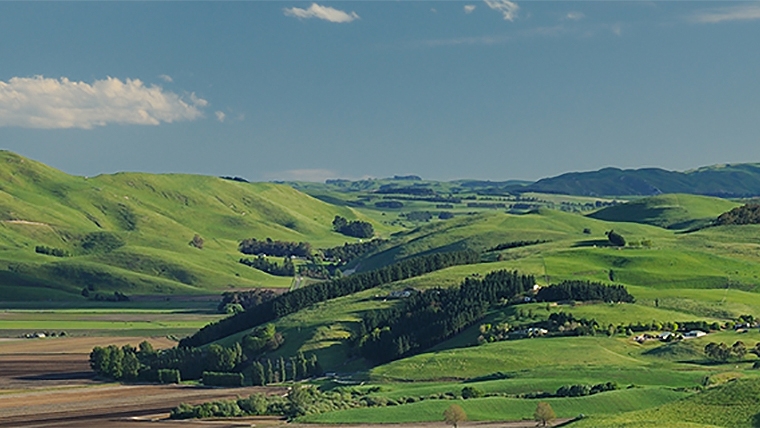
This week I am talking with Phil Journeaux, an agricultural economist with an interesting role in The Primary Sector Climate Action Partnership.
He specialises in economic research and analysis, technology transfer, farm management, project management, environmental management, risk management, and business planning.
By the end of 2022, the expectation is that every farmer "knows the numbers" on nitrous oxide and methane emissions for their business.
One of the workstreams of He Waka Eka Noa Primary Sector Climate Action Partnership is to build that capability at the farm level.
The project looked at seven different tools and models that can calculate greenhouse gas at a farm level. The main criteria, or minimum specs, are to calculate total biological greenhouse gas emissions.
It has to be able to split those between methane and nitrous oxide.
Further, they had to show the constituent components within each of methane and nitrous oxide.
So, for example, you need to know how much is as enteric methane, how much comes from dung or effluent management, and in enough detail it can be input into the management models to get a usable figure out of it.
Listen to the interview here:
Basically, neither farmers nor the broader Industry are keen on agriculture going into an Emissions Trading Scheme. That is a key driver in this partnership being set up; industry, iwi and Government are working together to develop a different pricing mechanism that would operate at the farm level. It is relatively early days on the pricing mechanism, but the basics of the mechanism are being fleshed out now.
This is a long-term initiative.
We are looking at two or three decades of significant change to New Zealand’s primary sector. By signing up to the Paris Agreement, as a nation we have no choice to reduce emissions, and do so in a scientific, measurable way. As 50% of our total national emissions come from the primary industry, if farmers don't succeed, the risk is paying for it at a processor level – which would not be a good thing because good farming practices would not be incentivised.
Setting climate parameters that farmers need to work within are well and good, climate sustainability is one thing, but sustainable farming businesses need to be preserved as well. Both of these outcomes need to be achieved.
To get the full story listen above.
Angus Kebbell is the Producer at Tailwind Media. You can contact him here.
3 Comments
The very real issues (problems) of measurement are symptoms of a greater folly.
Really!! "all the the models gave different results". How can you expect farmers to have trust in the models if they don't even come up with the same results. We have seen time and time again the failure of so called "models" to measure and predict outcomes in this "climate emergency". The IPCC even had to revert to fudging its own model data to get the result that they wanted and that is something they have admitted. If your models aren't accurate and you need to fudge results like the IPCC How much confidence can we have in the substance of this journey we are being taken along.
And grass growth is missing from some calculations.

We welcome your comments below. If you are not already registered, please register to comment.
Remember we welcome robust, respectful and insightful debate. We don't welcome abusive or defamatory comments and will de-register those repeatedly making such comments. Our current comment policy is here.